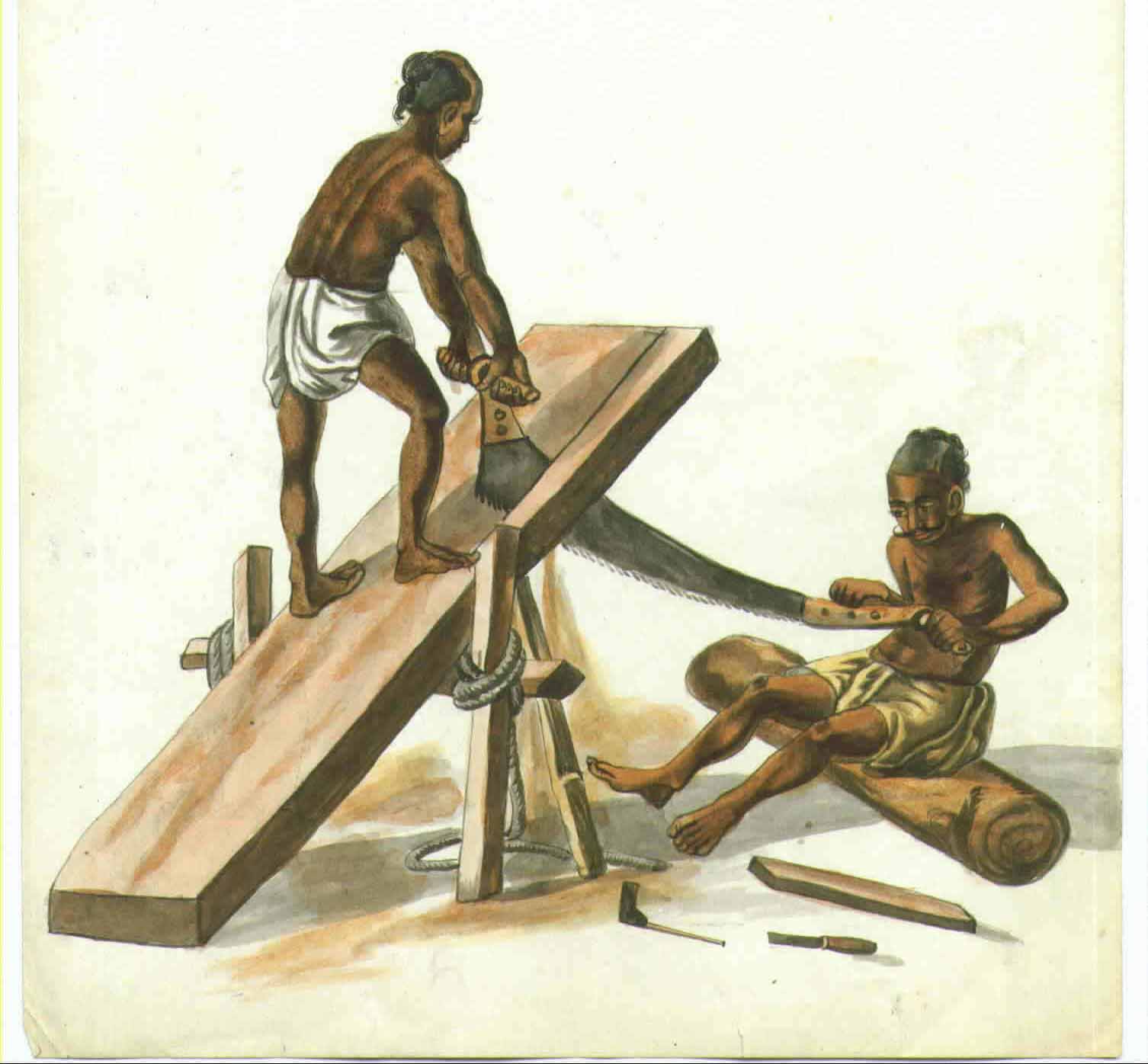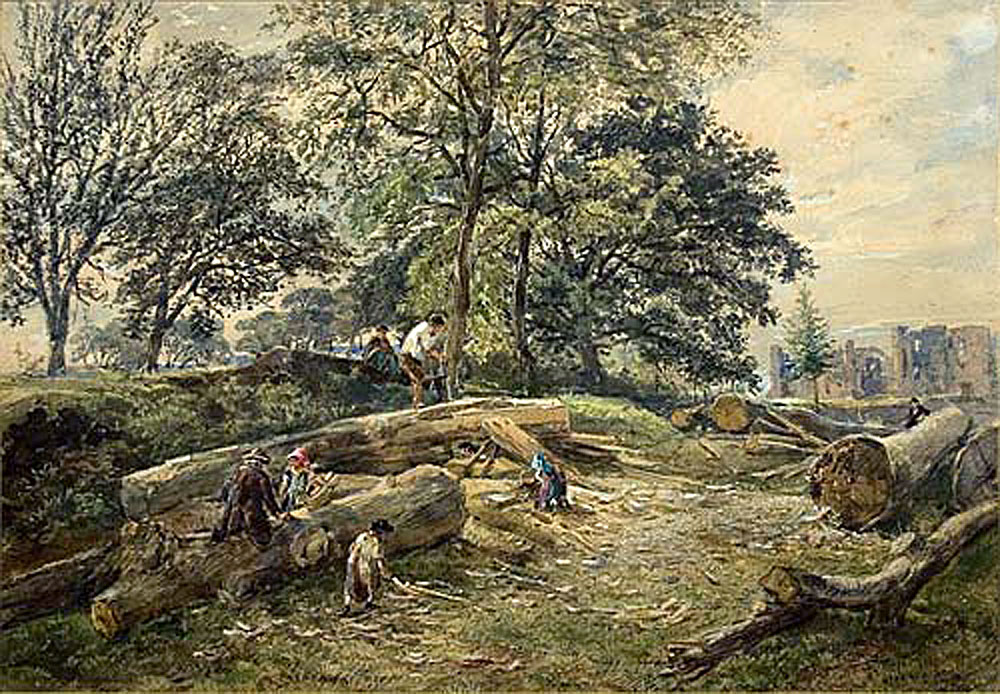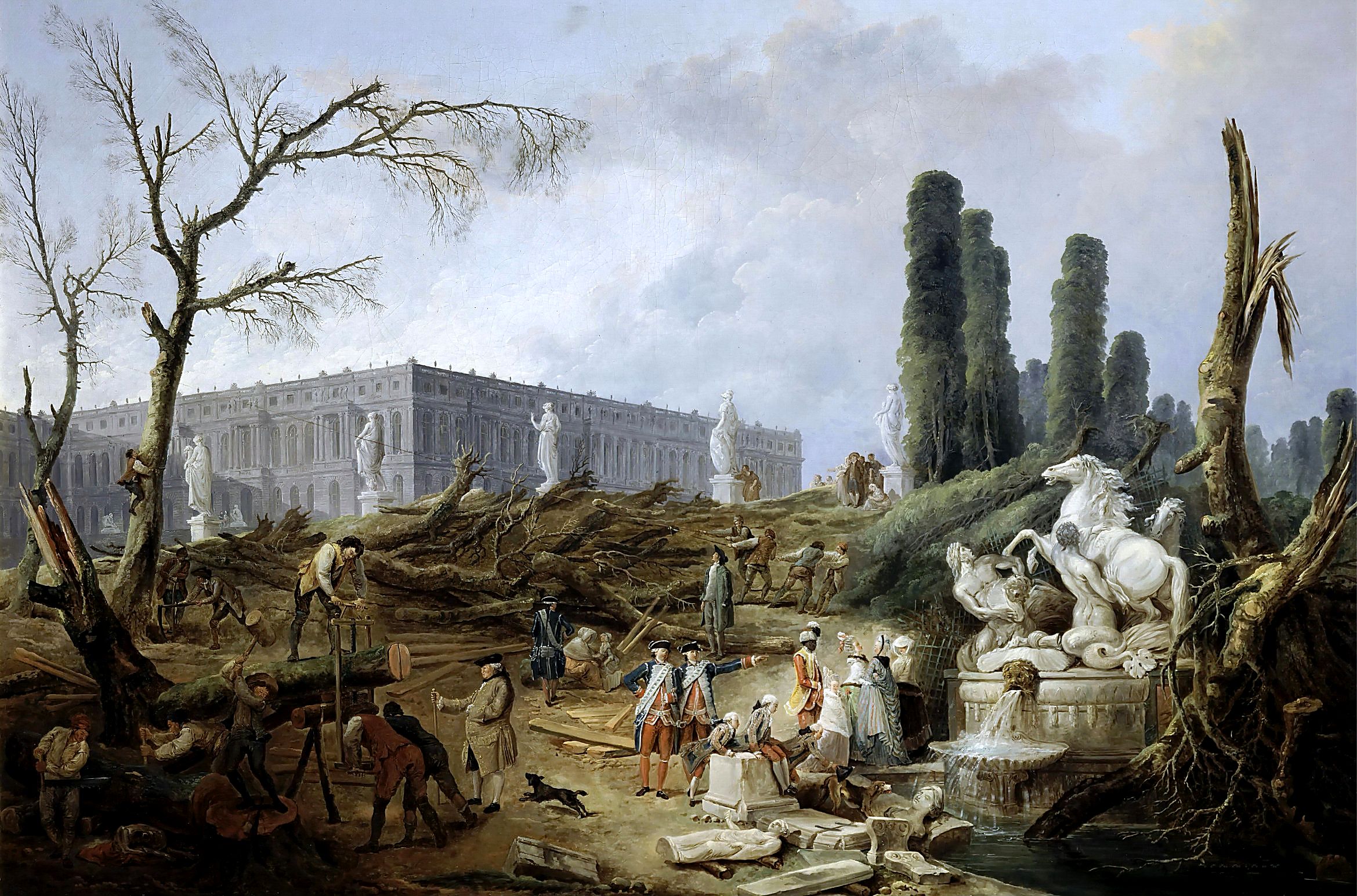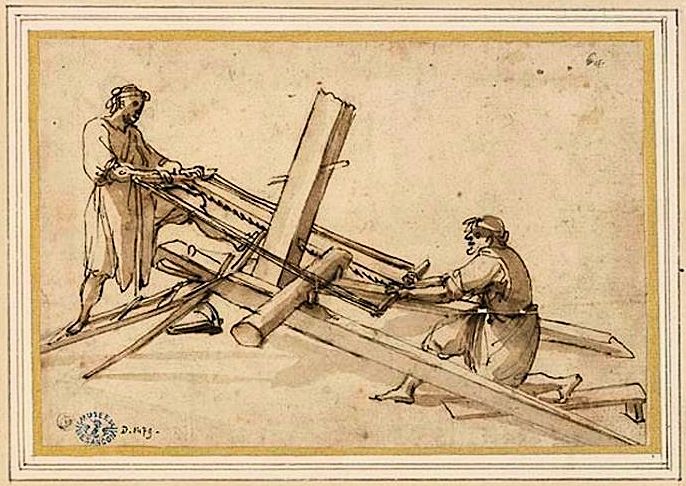The muſcular ſtrength of the Indian is ſtill leſs than might be expected from the appearance of the texture of his frame. Two Engliſh ſawyers have performed in one day the work of thirty-two Indians: allowances made for the difference of dexterity, and the advantage of European inſtruments, the diſparity is ſtill very great; and would have been more, had the Indian been obliged to have worked with the inſtrument of the European, as he would ſcarcely have been able to have wielded it.
As much as the labourer in Indoſtan is deficient in the capacity of exerting a great deal of ſtrength at an onſet, ſo is he endowed with a certain ſuppleneſs throughout all his frame, which enables him to work long in his own degree of labour; and which renders thoſe contortions and poſtures, which would cramp the inhabitant of northern regions, no conſtraint to him. There are not more extraordinary tumblers in the world. Their meſſengers will go fifty miles a day, for twenty or thirty days without intermiſſion. Their infantry march faſter, and with leſs wearineſs, than Europeans; but could not march at all, if they were to carry the ſame baggage and accoutrements.
Robert Orme
Historical Fragments of the Mogul Empire of the Morattores, and of the English Concerns in Indostan – 1805





